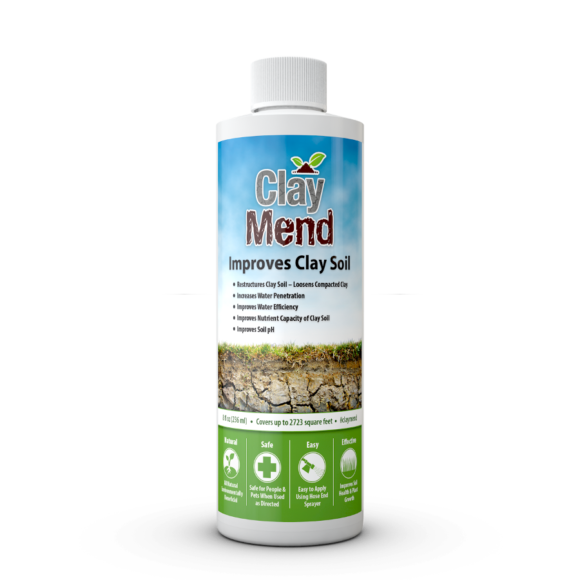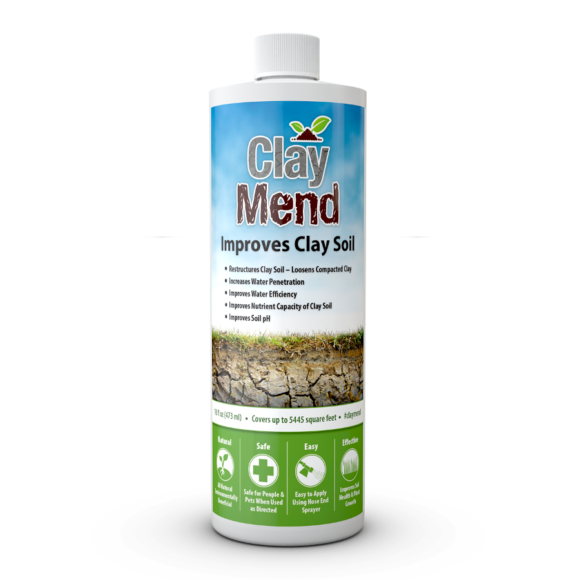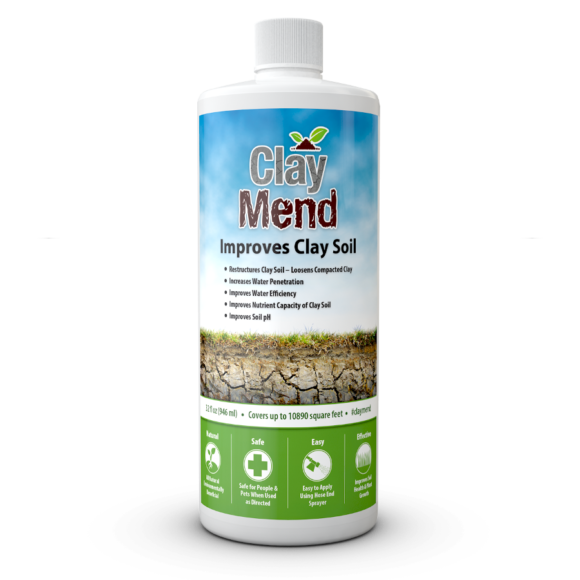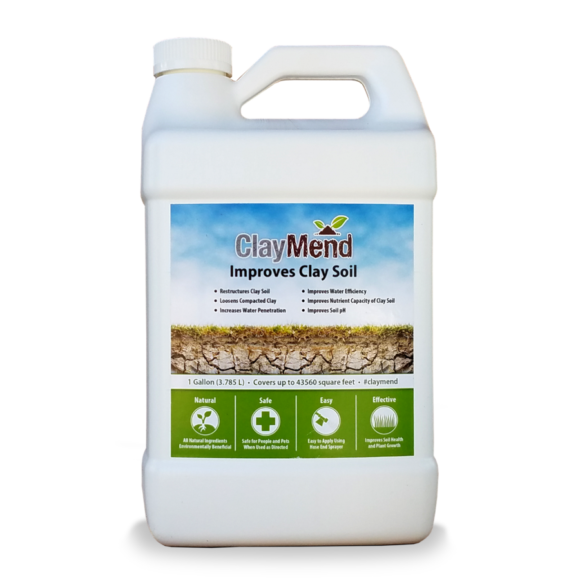Anyone who has worked with clay soil knows it can be difficult to work with and just as difficult to achieve healthy plant growth. Finding a long term solution has been elusive. There are a number of popular amendments and practices to try and amend and improve the productivity of clay soil.
Different Clay Soil Amendment Options
Gypsum can help temporarily suspend the effects of salinity in the soil while adding calcium. The calcium can increase the soil pH so it is more alkaline. Clay soil usually alkaline meaning it has a high pH. We certainly don’t want to make it worse by adding calcium. Red Georgia clay as it is commonly know is actually classified as “Ultisol” rather than clay. It will benefit from Gypsum since it is typically acidic and lacking in calcium. Gypsum will help improve the structure of the clay soil for a short time by binding the sodium to the sulfur. This is usually short lived, often only for a few months.
Compost will help add organic matter and provide the material to build humus in the soil. As a result it helps hold water and nutrients. However, without addressing salts and dispersion it may not help improve the physical structure of the clay.
Sand may help increase the size of the soil particles but without addressing sodium and dispersion it can just add physical structure making it even more like concrete.
Lime or ground limestone rock, helps make soils less acidic (raises pH) and adds calcium. Clay typically is alkaline which means it has a high pH so adding lime can actually be detrimental to clay by further increasing alkalinity which means it will have an even higher soil pH. Red Georgia clay will benefit from lime since it is typically acidic with a low pH and it is lacking in calcium.
Mechanically turning or aerating the soil with a shovel, hoe, tiller or power aerator can also help temporarily but the dense clay structure will return as water moves the small clay particles back into the air spaces it creates.
Now There is a Better Amendment for Improving Clay Soil
ClayMend works to change and improve the structure of clay soil as well as improve its ability to process and store nutrients.
ClayMend is a better long term solution that helps improve clay soil in many areas. It is a liquid soil amendment that is easy to apply to lawns, shrubs, trees, flowers or vegetables using a hose end applicator. This clay soil amendment is designed to dramatically increase organic activity in the soil. It is able to penetrate into soils where traditional amendments for clay soil can be impractical. ClayMend can be applied to areas where plants are growing and then rinsed off of the vegetation so it will get down into the soil where the improvements to the soil and ultimately to lawns and plants occur.
Benefits of ClayMend
It helps to break the old plant residue down that exists in the soil returning their nutrients to the soil. During this process production of beneficial humus occurs. As a result further improvement to the soil environment occurs. Eventually organic carbon becomes free and made available for nutrient storage in the soil.
It can remove salinity from the soil and permanently bond sodium responsible for the destructive dispersion of clay without further increasing the pH of the soil. Salinity often comes through irrigation and as new salt is introduced into the soil regular applications of ClayMend may be required.
It can assist in the processing and break down of additional compost in the soil while working to improve soil structure. We always encourage adding organic matter such as compost to the soil when possible.
It helps control sodium and process excess fertilizer salts that can become captured in the clay. Sodium is a dispersing agent that is destructive to soil structure. It causes groups of clay particles to collapse filling valuable air pockets in the soil. This creates the hard dense clay structure of clay that we are familiar with. Unlike the temporary benefit from gypsum ClayMend works to permanently bind the sodium to the soil so the destructive activity can no longer occur.
It helps restructure the soil over time to give a more porous texture. As a result it makes air and water available to roots. It reduces the restriction of roots inherent to untreated clay soil. The organic acids in ClayMend along with the improved organic activity of the microbes work to flocculate or gather together the smallest clay particles into aggregates. These aggregates are typically the size of silt and sand particles. As a result the clay soil takes on a structure more like loam over time. Loam is considered to have the best soil structure. This occurs without losing any of the nutrient holding benefits of the clay.
It helps move the soil pH toward neutral which free up nutrients caused by alkaline tie up. Beneficial soil activity moves soil pH toward neutral no matter which direction it leans. As a result biological activity will also help improve the pH of acidic soils such as red Georgia clay.
ClayMend will help improve many aspects of the soil preparing it for a spectacular lawn and garden
Cumulative improvements can result with repeat applications. We recommend 4 to 6 weeks between applications.








